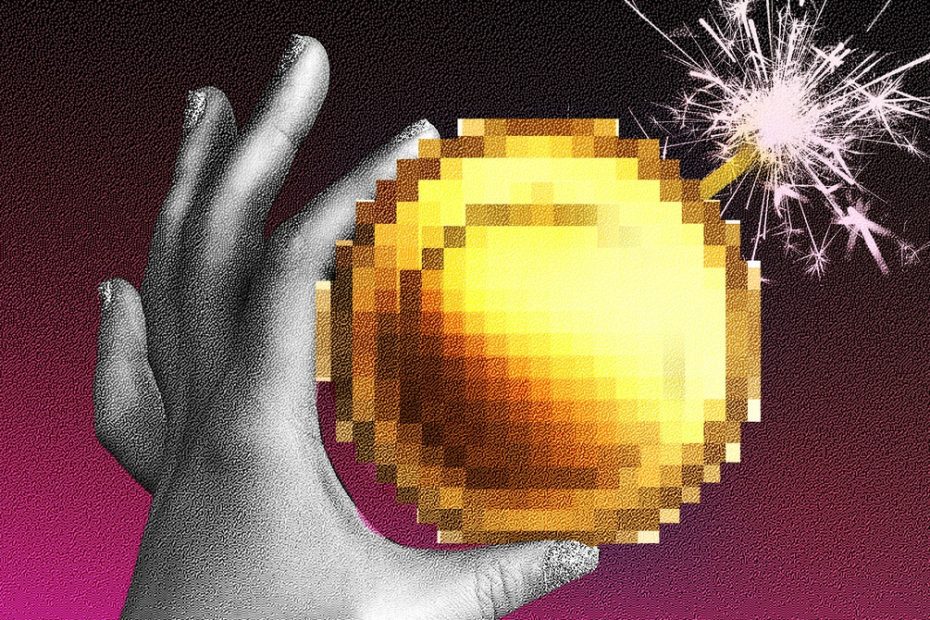The vast majority of these coins never get off the ground. Others gain attention early on and then collapse after the creator sells their assets without warning. A minority of coins retain their value over a longer period of time.
Meme coins serve no strict purpose other than to act as a vehicle for financial speculation. Fluctuations in their price are therefore almost entirely a reflection of the attention they attract: a collective belief, on whatever grounds, that the price will rise or fall.
The forces behind the meme coin boom are similar to those that fueled the meme stock craze of 2021, says Albert Choi, a law professor at the University of Michigan who has published research on meme stocks. Back then, amateur investors on Reddit began short-squeezing the stocks of GameStop and other out-of-favor companies; while in 2024, the circulation of viral messages in social media crypto circles is driving meme coins to soar in value. “Like [people] “To recognize the momentum on social media, the strategy is to try to jump on the wave before the wave actually happens,” says Choi.
The potential gains and losses are amplified in crypto, Choi says, because meme coins float free of any fundamental value. Unlike stocks, whose value is theoretically tied to the performance and prospects of an underlying company, meme coins have no anchor to prevent a free fall in price. “The problem with crypto is that if we don’t know what the fundamental value is, what is that countervailing and corrective force going to be?” he says.
Previously, the complexity and cost of development were the limiting factors that kept people from flooding the market with meme coins in the hopes of striking it rich. But Pump.Fun has flipped that equation on its head. “With platforms that allow individuals to launch meme coins without any programming knowledge, the barrier to creating supply is essentially zero,” said Kahlil Philander, an assistant professor at Washington State University who specializes in gambling. “Now, the ability to create awareness is what’s become more expensive.”
The need for small meme coin creators to gain attention was further exacerbated when celebrities got involved. In May and June, Caitlyn Jenner, Andrew Tate, and Jason Derulo all released their own meme coins.
Around that time, rapper Iggy Azalea launched a coin on Pump.Fun: MOTHER, which reached a valuation of $200 million within two weeks. Azalea has been tirelessly promoting the coin to her 7.7 million followers on X, through a flurry of provocative images and meme posts.
“I just say what I want to say and what I find funny,” Azalea said, speaking to WIRED in June. “Part of my strategy is to stay in the conversation. I like to bait, to troll, to say things that are a little bit provocative. I like to say things and move in ways that I know can be memeable.”
In a market filled with hundreds of thousands of coins, including those of Azalea and her celebrity peers, meme coin creators are being driven to an increasingly frenzy to try to get people to choose their coin. “The obstructionist behavior and the use of celebrity accounts is almost exactly the same,” says Philander. “It’s a source of attention.”
Even the celebrities are struggling to hold the attention of meme-coin investors hungry for the next big thing. MOTHER is now trading at a quarter of its peak price, despite Azalea’s attempt to create utility for the coin, which is now accepted as payment by a telecom startup it owns a stake in.
Meanwhile, Ayala is quietly planning his comeback. The $DARE coin has long since lost all the gains it made in the immediate aftermath of the accident, so he needs a way to revive interest in the project. His followers are counting on him.
“Mikol, what are your plans for the future?” a member of the coin’s Telegram channel asked in August. “Take us to the moon.”

